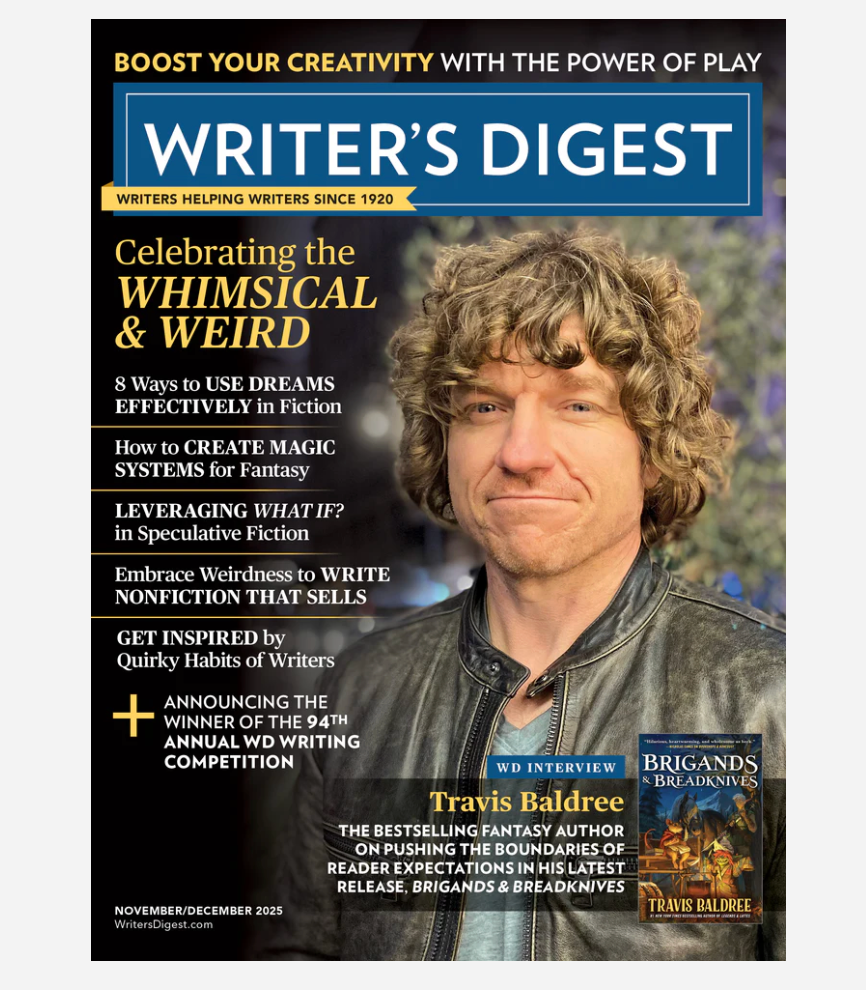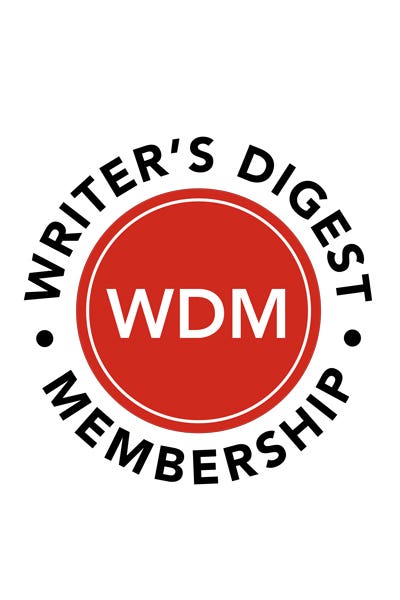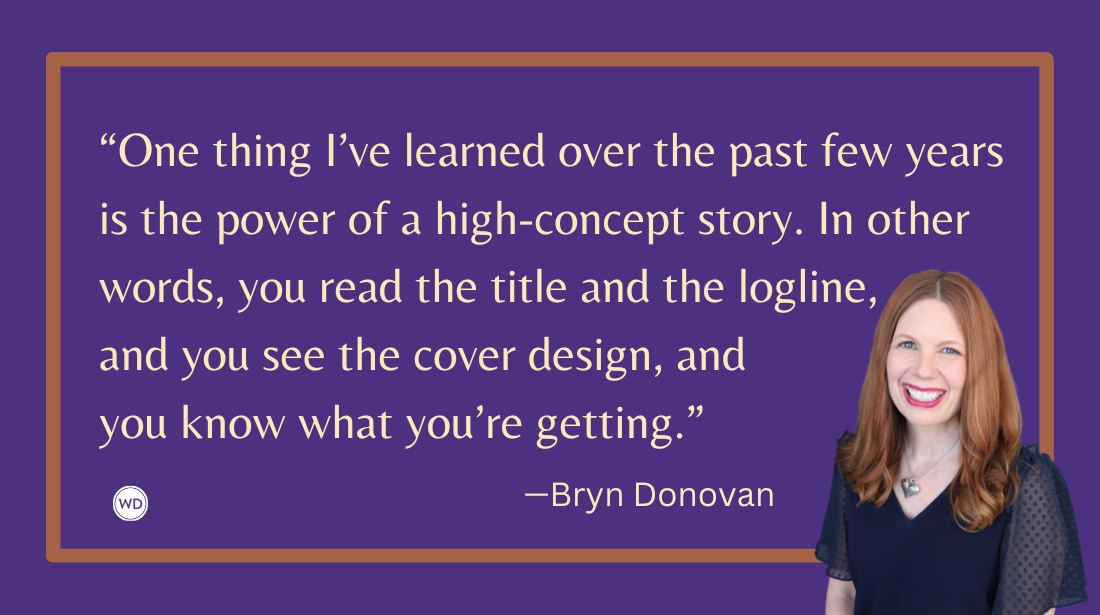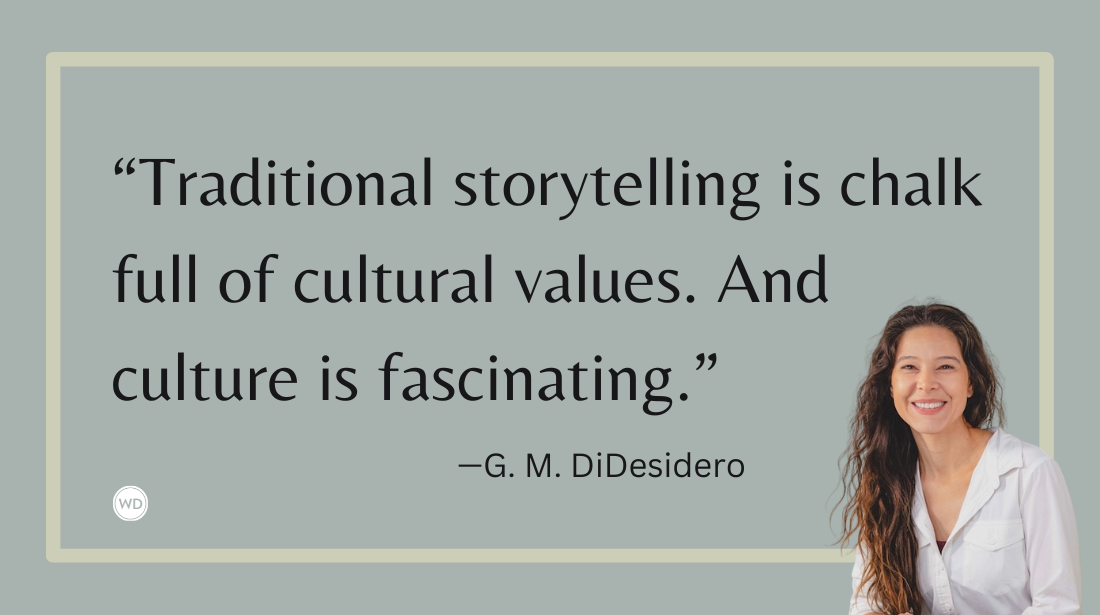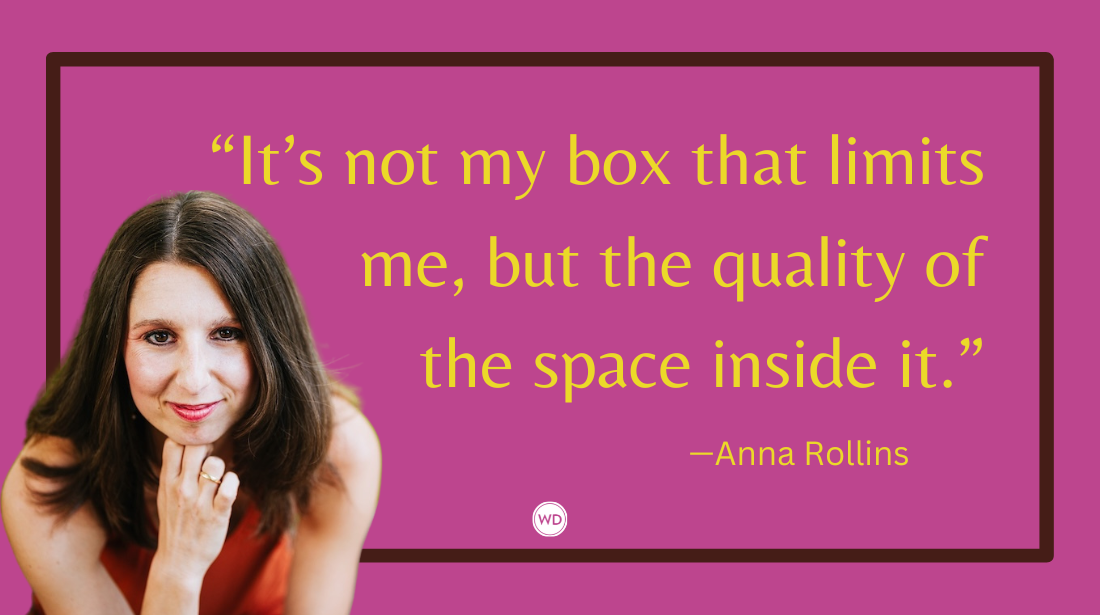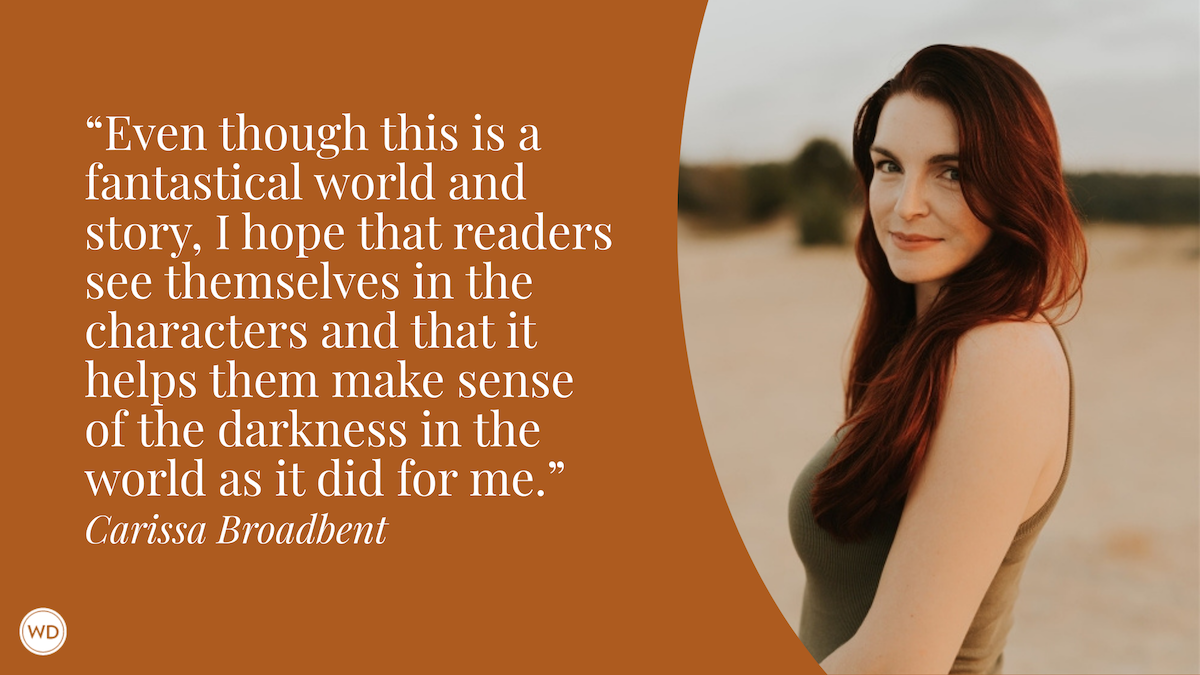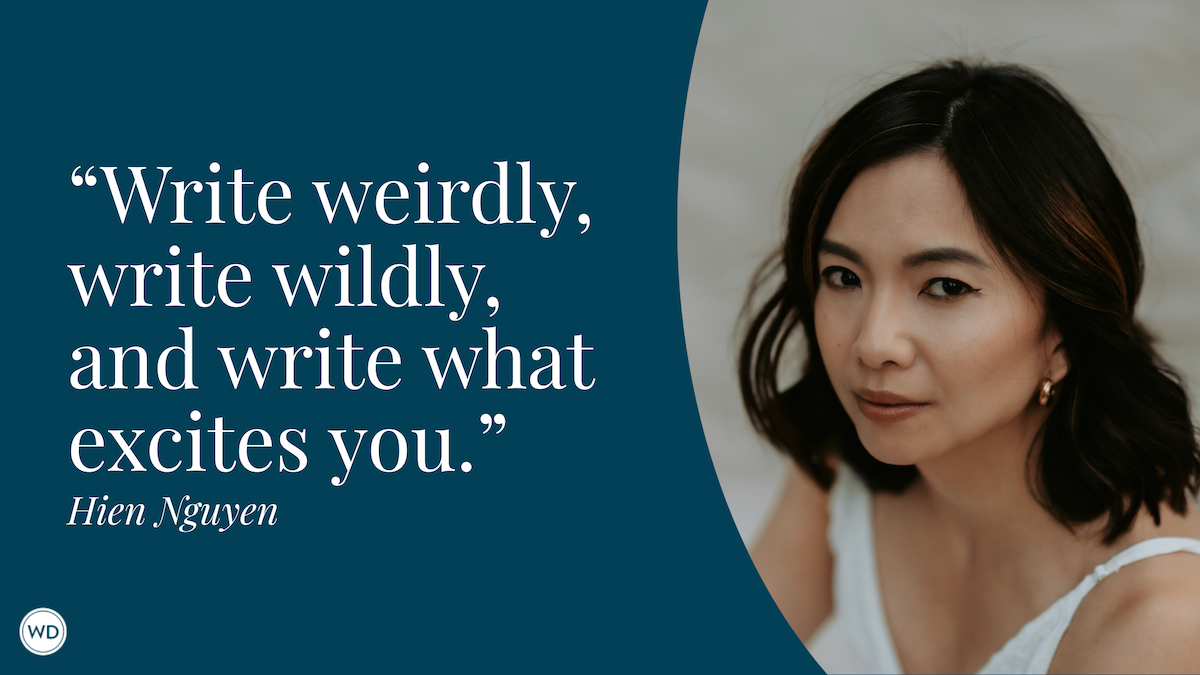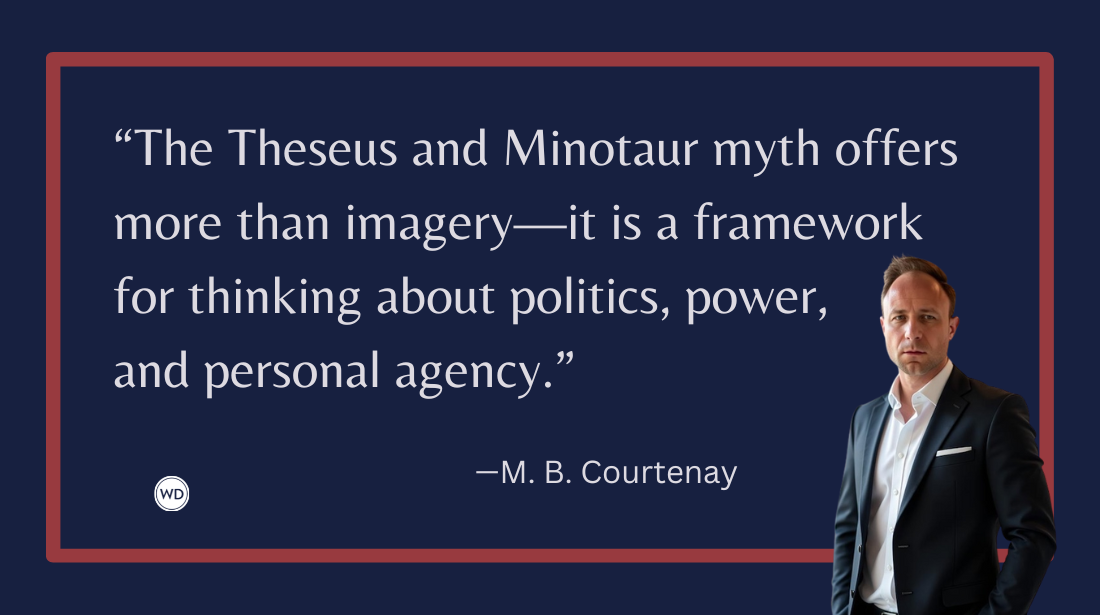Mike Curato: Write Honestly and Vulnerably
In this interview, author Mike Curato discusses how the friends he made in the early 2000s helped inspire his new graphic novel, Gaysians.
Mike Curato is the author and illustrator the children's book series Little Elliot. He has also illustrated What If… by Samantha Berger, All the Way to Havana by Margarita Engle, Worm Loves Worm by J.J. Austrian, The Power of One written by Trudy Ludwig, If I Were a Fish by Corook and Olivia Barton, and contributed to What's Your Favorite Color? by Eric Carle and Friends, Sunny Day: A Celebration of the Sesame Street Theme Song, and Dear Heartbreak: YA Authors and Teens on the Dark Side of Love.
Publishers Weekly named Mike a “Fall 2014 Flying Start.” In the same year he won the Society of Illustrators Original Art Show Founder’s Award. Mike’s debut young adult graphic novel, Flamer, was awarded the 2020 Lambda Literary Award for LGBTQ Young Adult and the 2021 Massachusetts Book Award for Middle Grade/Young Adult. Follow him on Instagram.
In this interview, Mike discusses how the friends he made in the early 2000s helped inspire his new graphic novel, Gaysians, his hope for readers, and more.
Name: Mike Curato
Literary agent: Brenda Bowen
Book title: Gaysians
Publisher: Algonquin
Release date: June 3, 2025
Genre/category: Adult fiction/graphic novel
Previous titles: Flamer, the Little Elliot picture book series; Where is Bina Bear?
Elevator pitch: Gaysians features four gay Asian friends who navigate love, identity, and friendship in Seattle during the early aughts. It is a fierce, funny, and tender story of queer resilience and self-discovery.
What prompted you to write this book?
I like to write what I want to read, and there is a lack of queer Asian centered stories in Western culture. Gaysians is inspired by a group of friends I made when I first came out and moved to Seattle in the early 2000s. Most of them happened to be gay and Asian, and I’d never felt so seen and understood in a three-dimensional way before. This book is an homage to them and the concept of chosen family.
How long did it take to go from idea to publication? And did the idea change during the process?
I conceived of the idea for Gaysians in 2020. I am a big fan of The Joy Luck Club by Amy Tan, and I used that as a jumping off point. Originally it was an ensemble cast of six characters whose lives were all woven together, but the first draft was too long. So, I edited down two of the main characters to supporting roles and took parts of their plotlines and distributed them to some of the main characters. I think the final story really benefited from shrinking the main cast, but I sometimes fantasize about a spin off for the two who were downgraded. That said, the original goal for the book, a story centering the queer Asian American experience, remained intact.
Were there any surprises or learning moments in the publishing process for this title?
I’ve been working in children’s publishing since 2012. This is my adult debut, and in a lot of ways, it felt like starting from scratch. It didn’t matter that I’ve built up a strong network and a reputation as a hard worker over the last decade, I am still a bit of an unknown in the adult world. There were many editors we pitched who passed on the book. This isn’t something new or surprising to me, but it’s been a long time since my trusted agent has had to pitch my manuscripts to other editors, as I’ve worked with the same children’s editor for many years. It was a good reminder about how hard it is to get a book published, even when you know it’s good. As with dating, it’s all about finding the right match. I’m so grateful Algonquin and I found each other. [insert heart emoji]
Were there any surprises in the writing process for this book?
I think I learned a lot during the writing process, especially from interviewing so many other queer Asian people. While I myself am gay and Asian, I am also writing about a lot of other identities that are not my own. People shared personal stories about their experiences being Asian American, as well as being a part of a specific ethnic community. There is a trans character, which is also outside of my experience. Listening to all of these different perspectives not only shaped the storytelling, but enhanced my original vision. There were some really beautiful surprises, cultural customs I learned about, which proved to be handy tools and emotional touchstones in the book. I could also start to see some similarities and patterns in people’s experiences, but I also saw a beautiful array of differences. While the book tries to capture a common experience, it is also trying to show that we are not a monolith.
Most of the other surprises occurred while creating the art. Surprise! Adobe Fresco does not let you import multiple files at once, so I had to upload hundreds of sketches one at a time. Surprise! Sometimes that program crashes out of nowhere and I would occasionally lose several hours of work! Surprise! My original plan to print everything in two Pantone colors was not going to work with the technique I was using. And of course, surprise/no surprise, the artwork took. For. Ever. I always try to pad my time when illustrating, but this book was a beast I had not done battle with before. It’s very long (375 pages) and very detailed. I also wanted the characters to look more realistic than cartoony, because it was important for me that the characters really look to be of Asian descent. It took a very long time to find models.
What do you hope readers will get out of your book?
I primarily wrote this book for queer Asian people. I wanted to make something for us. I wanted us to be seen and celebrated. I did not grow up seeing anyone like me centered in a story. People like me were either relegated to the sidelines or not mentioned at all. To see yourself represented can make such a huge impact on your self-confidence. There’s more than enough room in this world for us all to be ourselves. I also wrote this for everyone else, so they could get to know us better, so they could witness our struggles, our strengths, and our humanity. I have found that even though I have written some stories that could be considered niche, there are deep universal themes at play. When someone reads about a character with a completely different background, but eventually finds common ground with them, that’s a pivotal moment. It stitches our existences a little closer together, and that breeds empathy, something the world can never have too much of. We’re all just people. We all want to be seen; we all want to be understood.
If you could share one piece of advice with other writers, what would it be?
Something I always say to aspiring writers is to write honestly and vulnerably. If you are not moved by your own work, your reader won’t be either.


